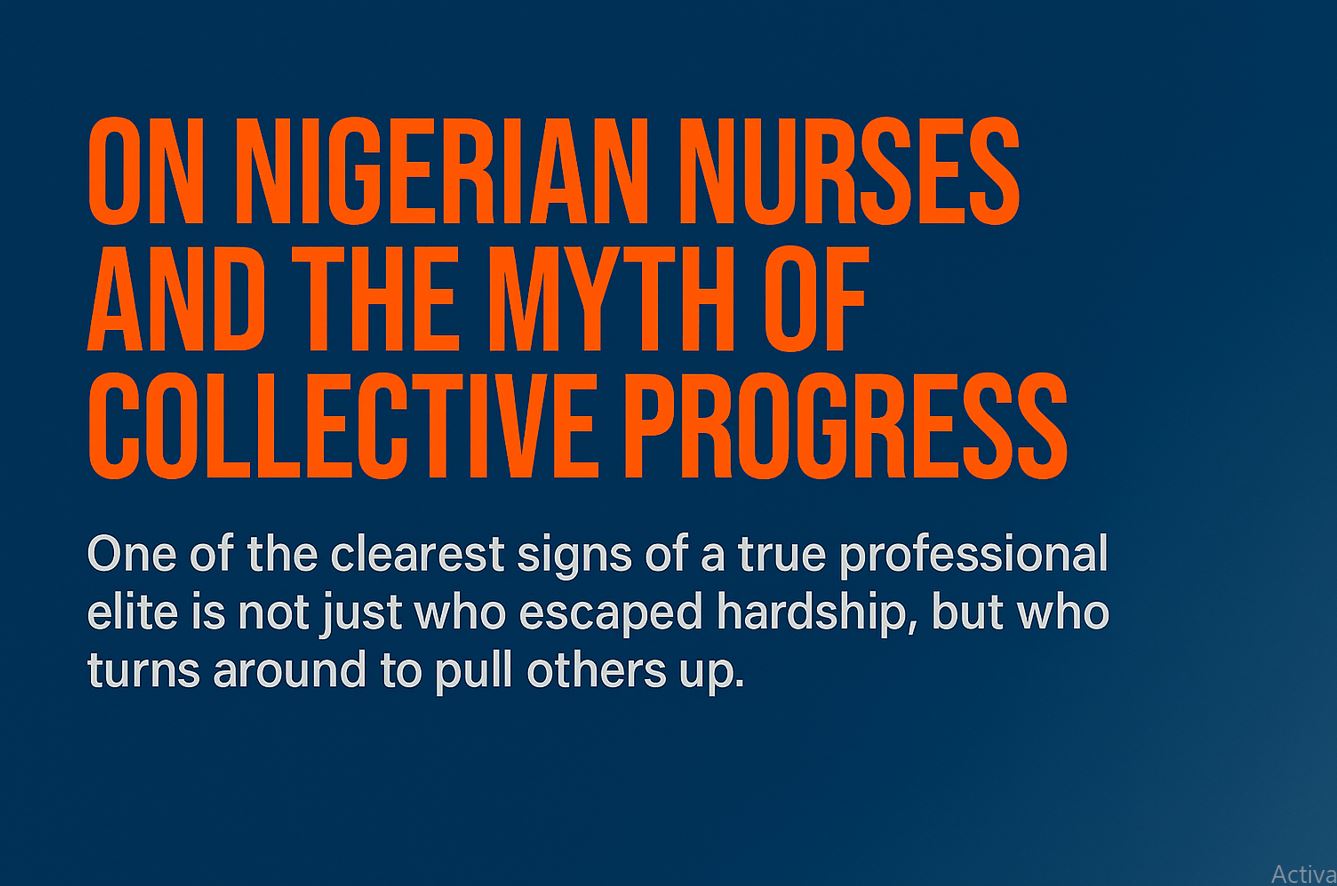The latest report on malaria by the World Health Organisation has indicated a 47 per cent drop in death rates between 2000 and 2014 worldwide but there are indications of drug resistance to the mosquito-borne disease in Southeast Asia that is now causing fear in Africa.
According to Reuters, drug resistance malaria fever has been spreading in Myanmar and other countries in the Mekong River basin in what threatens to become the next big global health emergency, if it marches on to India and Africa.
"With any patient showing positive test results after three days of treatment, we have to suspect drug resistance, and more sophisticated blood testing should have been done as he could still carry the parasites that cause malaria in his blood,” said Eisa Hamid, an epidemiologist working with the United Nations in Myanmar, who specializes in monitoring and evaluating malaria programs has said.
Much of the success in fighting the disease is due to the use of combination therapies (ACTs) based on artemisinin, a Chinese herb derivative, which is now under threat as malaria parasites have been building up resistance to the drugs.
The WHO said malaria still killed some 584,000 people in 2013, most of them in sub-Saharan Africa, despite the drop in death rates recorded in 12 years.
According to WHO, while the number of people dying from malaria has fallen dramatically since 2000 and malaria cases are also steadily declining, the challenges for malaria elimination in Africa are enormous.
The next few years are going to be critical to show that we can maintain momentum and build on the gains,” notes Dr Pedro L Alonso, Director of WHO’s Global Malaria Programme.
In a statement, WHO said: “In 2013, one third of households in areas with malaria transmission in sub-Saharan Africa did not have a single insecticide treated net. Indoor residual spraying, another key vector control intervention, has decreased in recent years, and insecticide resistance has been reported in 49 countries around the world.

“Even though diagnostic testing and treatment have been strengthened, millions of people continue to lack access to these interventions. Progress has also been slow in scaling up preventive therapies for pregnant women, and in adopting recommended preventive therapies for children under 5 years of age and infants.”
The statement added: “In addition, resistance to artemisinin has been detected in 5 countries of the Greater Mekong sub-region and insufficient data on malaria transmission continues to hamper efforts to reduce the disease burden.”
“We can win the fight against malaria,” said Dr Margaret Chan, Director-General, WHO. “We have the right tools and our defences are working. But we still need to get those tools to a lot more people if we are to make these gains sustainable.”
The World Malaria Report 2014 launched in the United Kingdom last week noted that globally, 3.2 billion people in 97 countries and territories are at risk of being infected with malaria.
In 2013, there were an estimated 198 million malaria cases worldwide 82 per cent of which were in the WHO African region. Malaria was responsible for an estimated deaths of 453 000 children under five years of age.
According to the report, based on an assessment of trends in reported malaria cases, a total of 64 countries are on track to meet the Millennium Development Goal target of reversing the incidence of malaria. Of these, 55 are on track to meet Roll Back Malaria and World Health Assembly targets of reducing malaria case incidence rates by 75 per cent by 2015.
A shortage of funding and basic remedies like bed nets mean that malaria is still a major threat, particularly in Africa and Southeast Asia, according to the report.
In Nigeria, malaria is a major public health problem that accounts for over 60 per cent outpatient visits and 30 per cent hospital admissions in hospitals across the country. The cost of treatment and loss in man-hours is huge.
By Adeola Akinremi
ABUJA: Training Schedule for Basic Life Support BLS, Pediatric Advanced Life Support (PALS), Advanced Cardiovascular Life Support ACLS, First Aid, CPR, AED
PORTHARCOURT: Training Schedule for Basic Life Support BLS, Pediatric Advanced Life Support (PALS), Advanced Cardiovascular Life Support ACLS, First Aid, CPR, AED
LAGOS: Training Schedule for Basic Life Support BLS, Pediatric Advanced Life Support (PALS), Advanced Cardiovascular Life Support ACLS, First Aid, CPR, AED




